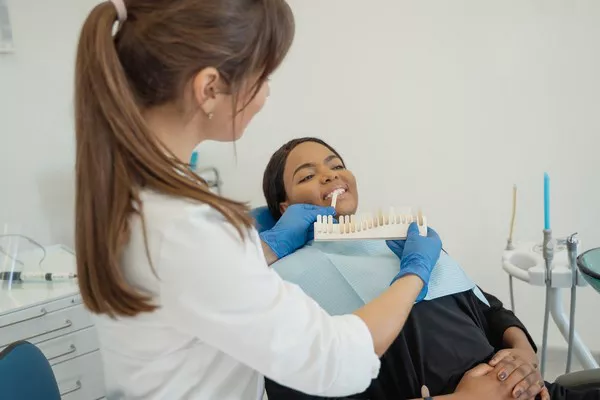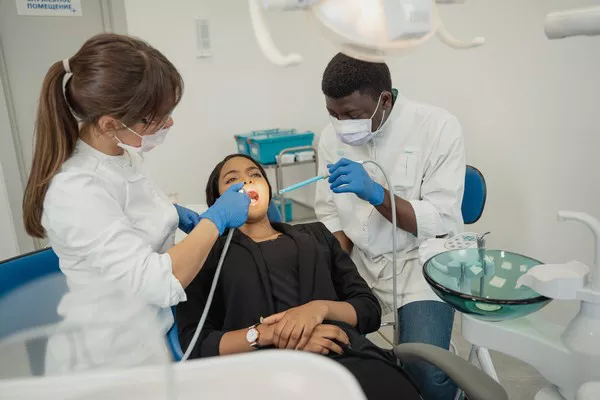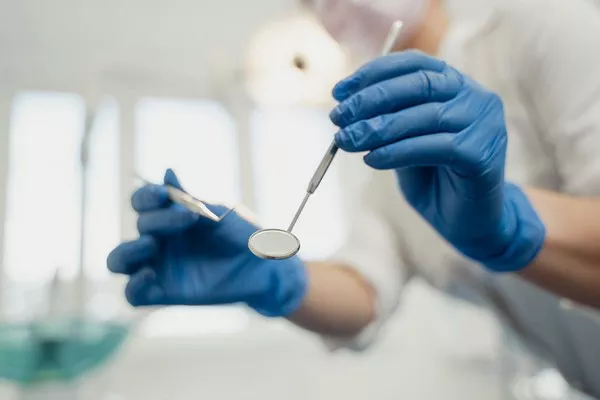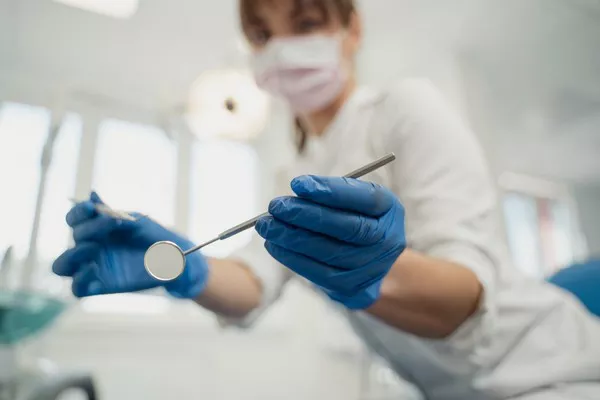A bright, dazzling smile can have a significant impact on our overall appearance and self-confidence. However, many individuals find themselves questioning why their teeth are turning yellow despite practicing good oral hygiene. In this article, we will explore the various causes behind tooth discoloration and offer insights into preventive measures and potential treatment options. Understanding the factors contributing to yellowing teeth can empower individuals to take proactive steps towards achieving and maintaining a radiant smile.
1.Natural Tooth Color and Aging
To begin our exploration, it is essential to recognize that tooth color varies among individuals. Factors such as genetics, ethnicity, and even age play a role in determining the natural shade of our teeth. As we age, our tooth enamel, the protective outer layer, begins to wear down, revealing the underlying dentin which is naturally yellower in color. This gradual process can contribute to the perception of yellowing teeth over time.
2. Extrinsic Stains
Extrinsic stains occur when external factors come into contact with the tooth surface, leading to discoloration. Common causes include:
Dietary Habits:
Consuming dark-colored beverages such as coffee, tea, red wine, or cola can cause extrinsic staining over time. Additionally, certain foods like berries, tomato sauce, and soy sauce can contribute to tooth discoloration.
Tobacco Use:
Both smoking and smokeless tobacco products contain chemicals that can stain teeth, resulting in a yellowish appearance.
Poor Oral Hygiene:
Inadequate brushing and flossing allow plaque, a sticky film of bacteria, to accumulate on teeth. Over time, this can lead to the formation of tartar, a hard deposit that promotes staining and contributes to tooth discoloration.
3.Intrinsic Discoloration
Intrinsic stains occur within the tooth structure, making them more challenging to remove. Several factors can cause intrinsic discoloration:
Dental Trauma:
A blow to the mouth or injury can damage the tooth’s internal nerves and blood vessels, leading to a darkening or yellowing of the affected tooth.
Medications:
Certain medications, such as tetracycline antibiotics taken during childhood, can lead to intrinsic tooth discoloration. Additionally, antihistamines, high blood pressure medications, and some chemotherapy drugs may also contribute to yellowing teeth.
Fluorosis:
Excessive fluoride intake during tooth development, typically as a result of swallowing too much fluoridated toothpaste or consuming high levels of fluoride in drinking water, can cause fluorosis. This condition results in white, brown, or yellow stains on the teeth.
4. Other Contributing Factors
Apart from natural aging, extrinsic stains, and intrinsic discoloration, there are other factors that can contribute to yellowing teeth:
Genetics: Some individuals may have genetically inherited thinner enamel or naturally darker dentin, predisposing them to yellowish teeth.
Poor Oral Health Habits: Neglecting regular brushing, flossing, and dental visits can increase the likelihood of tooth discoloration.
Environmental Factors: Exposure to certain chemicals or toxins, such as excessive fluoride or heavy metals, can impact tooth color.
5. Preventive Measures and Treatment Options
Maintaining a healthy, white smile involves adopting preventive measures and exploring treatment options when necessary:
Good Oral Hygiene:
Brushing twice daily with a fluoride toothpaste, flossing, and using an antimicrobial mouthwash can help remove surface stains and prevent plaque buildup.
Dietary Modifications:
Limiting the consumption of staining beverages and foods can significantly reduce extrinsic stains. Drinking through a straw can minimize contact between the liquid and teeth.
Professional Dental Cleaning:
Regular dental cleanings by a dental hygienist can remove stubborn stains and tartar buildup, restoring the natural brightness of your teeth.
Teeth Whitening:
Professional teeth whitening treatments conducted by a dentist can effectively lighten tooth color. These treatments may involve in-office procedures or take-home kits prescribed by dental professionals.
Cosmetic Dentistry:
In cases where intrinsic discoloration is severe or other treatment options are ineffective, cosmetic dentistry procedures such as dental veneers or crowns can provide a long-lasting solution for achieving a bright smile.
Conclusion
Yellowing teeth can be attributed to a variety of factors, including natural aging, extrinsic stains from dietary habits and tobacco use, intrinsic discoloration from trauma or medications, and other contributing factors. By understanding these causes and implementing preventive measures, individuals can maintain a radiant smile and oral health. If tooth discoloration persists or causes significant distress, consulting a dental professional is recommended to explore suitable treatment options. Remember, a confident smile is within reach with proper care, attention, and professional guidance.
Related Topics:
































